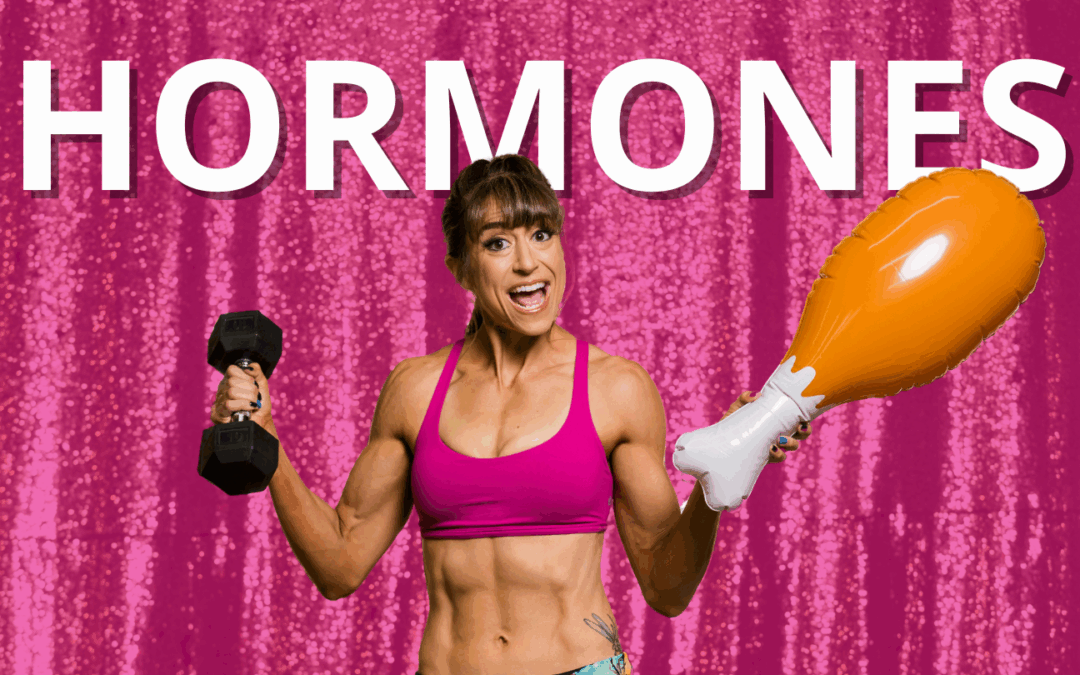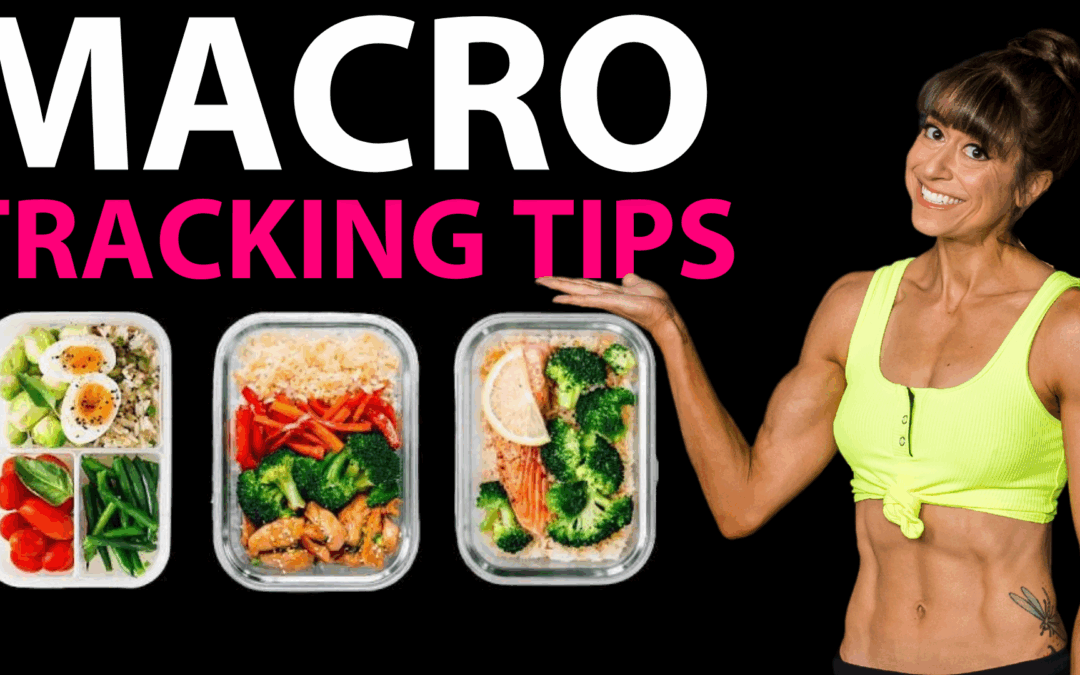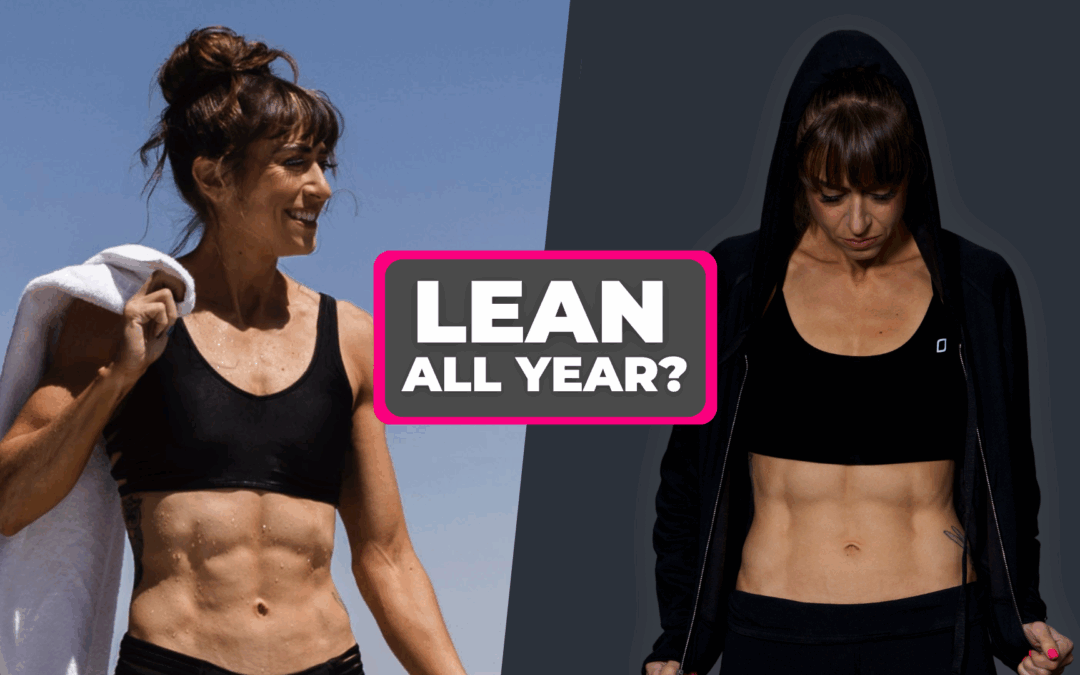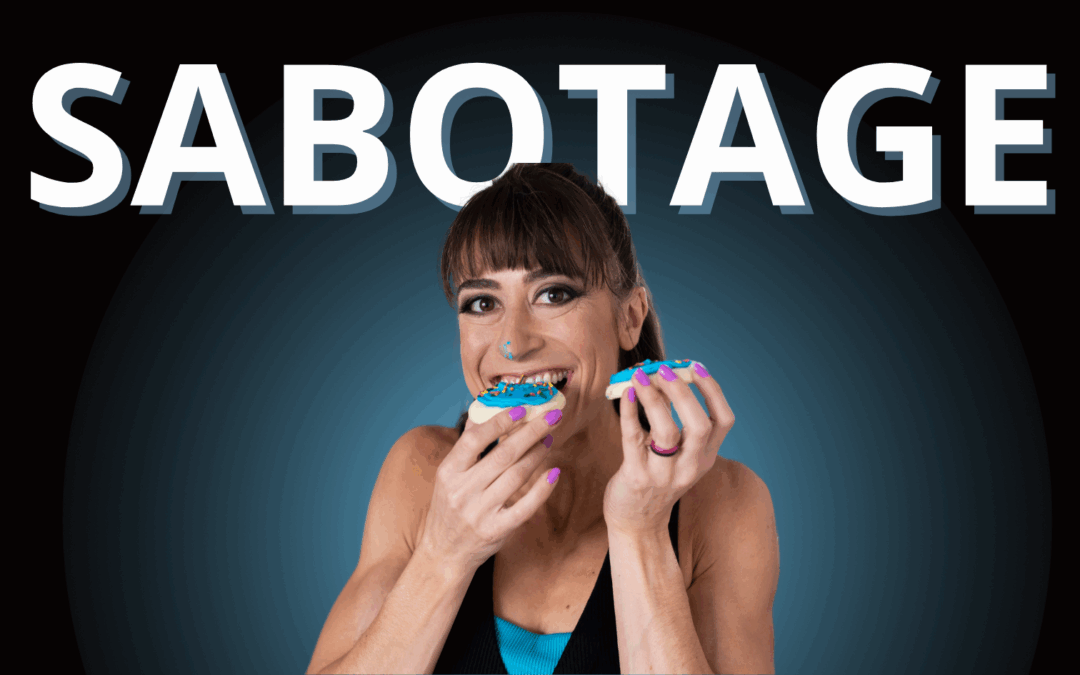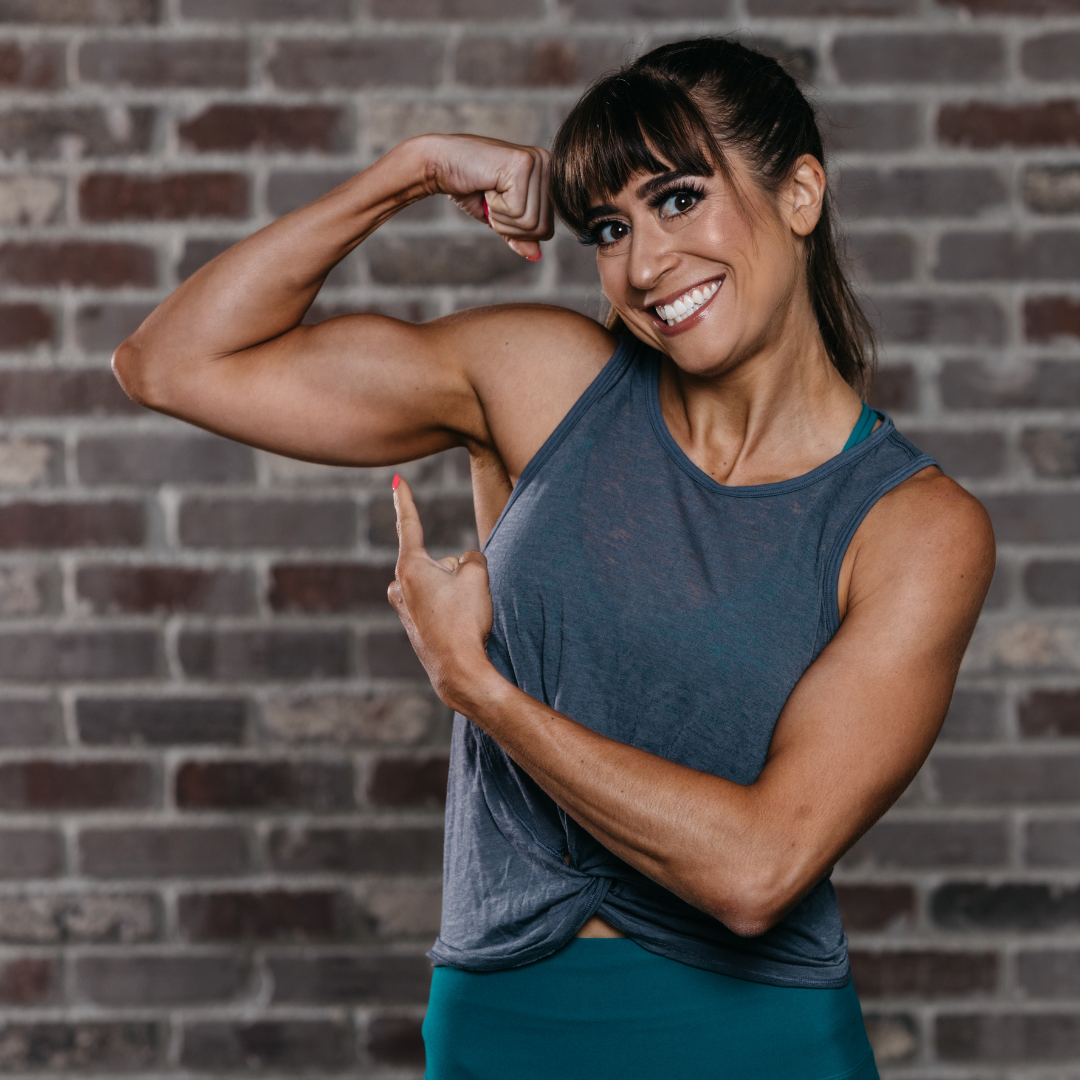
by Cori Lefkowith | Jun 12, 2025 | podcast
Listen: Change Requires CHANGE If you’re feeling stuck and know deep down that you could be doing better, don’t wait any longer. Your life is not going to change until you take action and make a bold move towards your goals. If you’re ready to take control of your...

by Cori Lefkowith | Jun 8, 2025 | Blog, Diet
Tracking macros is tedious. It’s boring and can definitely feel overwhelming to start. But it is also the most effective way to understand your diet and be able to adjust based on your needs and goals. What gets measured gets managed. That’s why I wanted to share 10...

by Cori Lefkowith | Jun 5, 2025 | podcast
Listen: Change Requires CHANGE If you’re feeling stuck and know deep down that you could be doing better, don’t wait any longer. Your life is not going to change until you take action and make a bold move towards your goals. If you’re ready to take control of your...

by Cori Lefkowith | Jun 1, 2025 | Blog, Diet
“Do you stay this lean year around?” I’ve gotten asked this question and I want to set the record straight… Yes and no. Like any person, my motivation, my goals, my schedule and life all evolve. So there is an ebb and flow. You can see in my videos shifts leaner and...

by Cori Lefkowith | May 29, 2025 | podcast
Listen: Change Requires CHANGE If you’re feeling stuck and know deep down that you could be doing better, don’t wait any longer. Your life is not going to change until you take action and make a bold move towards your goals. If you’re ready to take control of your...
